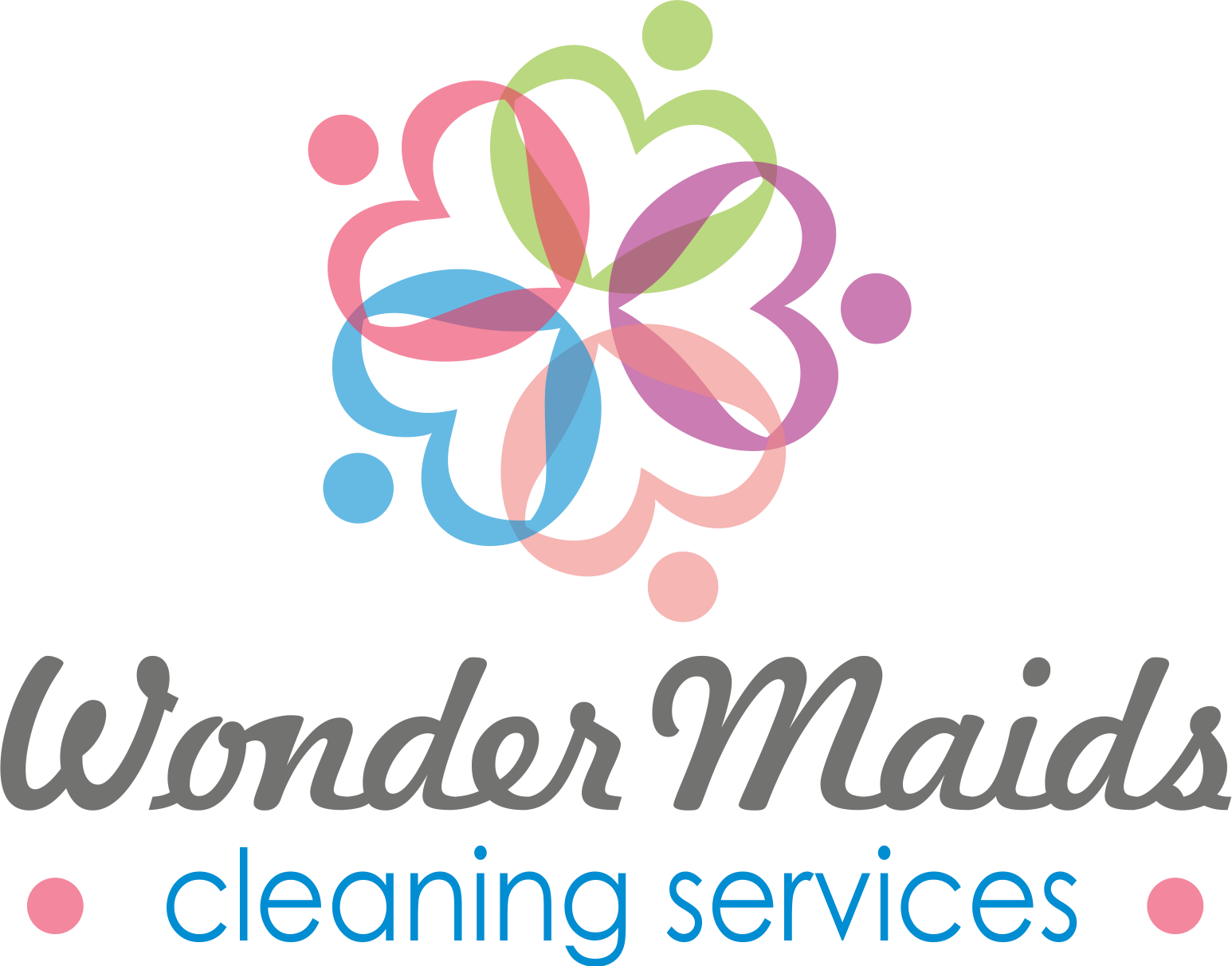Germy hot spots in your home can harm you. Learn how to keep things clean. Part 2.
It is common knowledge that germs can make you sick. Although your immune system is made to protect you against most microorganisms, some kinds of germs, especially viruses, are good at mutating into things your body doesn’t recognize, so the best is to keep things clean.

Here is the second part of the article that will teach you where to look for germs and how to get rid of them for a healthy home.
Hotspot #2: The Bathroom
The toilet, bathtub, shower and sink are all obvious offenders, so they are on most people’s cleaning routine. However, there are other potential health dangers in the bathroom often overlooked.
Check Your Toothbrush Holder
You wouldn’t clean your teeth with a dirty sock, would you? Then why store your toothbrush in a remarkably germy place? According to NSF International, an organization specializing in sanitation and public health standards, the toothbrush holder ranks third in germ infestations, just behind the kitchen sponge and sink!
The good news is that most germs on your toothbrush are anaerobic, which means they will die when exposed to oxygen, so simply letting your toothbrush air-dry will help.
Health Tip:
Give special attention to your toothbrush holder. Once a week, wash the holder in hot, soapy water, or wipe it clean if it’s attached to the wall. For added protection, wipe it down with a disinfecting wipe in between clean ups.
Toilet Handle and Faucets:
You certainly know how important it is to keep the bowl and seat clean, but how often do you clean the flush handle and the faucets? Think about it for a second: The toilet is usually flushed before the hands are washed. You flush, then you go to the sink to wash your hands. You touch the faucet with unwashed hands too, don’t you? Rotavirus, enterococcus, and other nasty germs can live there. Enterococcus can cause gastroenteritis while rotavirus is the most common cause of diarrhea among children.
Health Tip:
Keep the toilet handle and faucets in your bathroom sanitized. Simple soap and water, bleach and water or disinfecting wipes are enough, but try to do this often. Use the opportunity to wipe the light switch and the doorknobs.
Look For Mold & Mildew:
These microscopic living organisms thrive where moisture, oxygen, and organic material are present. You can expect to find mold in practically any damp area in your home with poor ventilation, the bathroom is a specially fertile territory for mold, that can cause a number of health problems from nasal and sinus congestion, chronic cough, and eye irritation to asthma attacks and lung infections in individuals with chronic respiratory disease. Another danger lurking in your bathroom is trichophyton. This fungus causes ringworm and athlete’s foot and can be passed from one person’s foot to the next via flooring.
Health Tip:
To prevent mold in your bathroom, wipe down the tub or shower walls and curtain with a towel after bathing or showering, use a disinfectant designed to kill mold and fungus every time you clean. Wash your shower curtains often.
If the mold is already infesting your walls, use a non-ammonia cleaner or dishwashing soap and water to remove it. Wear gloves, long sleeves, pants, eye protectors, and a respirator to protect yourself from spores. After cleaning the mold, use a HEPA (high efficiency particulate absorbing) vacuum or air cleaner to eliminate mold spores from the air. For large areas, hire a professional cleaner.






Pingback: Germy hot spots in your home can harm you and your family. Learn how to keep things clean.
August 1, 2013 at 1:26 pm